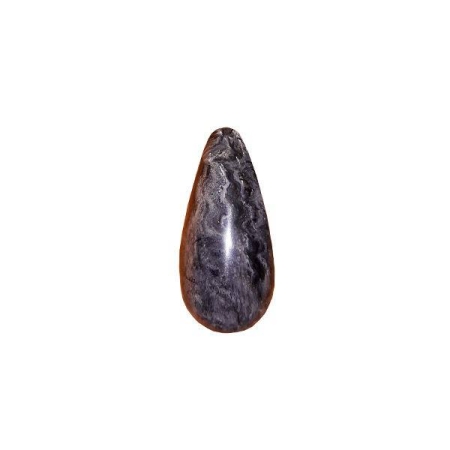Description
Mirza Abdullah’s Radif is one of the most significant collections of Persian classical music, compiled and preserved by Mirza Abdullah Farahani, a master of Persian traditional music. This book contains a structured repertoire of Dastgahs and Gushehs (melodic fragments), which are foundational for understanding and performing Persian music.
Key Features of Mirza Abdullah’s Radif:
- Dastgah System: The Radif is organized into the seven main Dastgahs (e.g., Shur, Homayoun, Segah) and five Avaz (modal derivatives like Abuata and Bayat-e Tork). Each Dastgah provides a unique emotional and melodic framework.
- Gushehs: The Radif consists of numerous Gushehs, which are short, melodic pieces representing the essence of a mode within the Dastgah. Each Gusheh acts as a guide for improvisation.
- Teaching and Improvisation: The Radif is a tool for learning and mastering Persian music and improvisational techniques. It helps musicians internalize the modal structures and ornamentation styles.
- Adaptation Across Instruments: While Mirza Abdullah’s Radif is primarily for tar and setar, it has been adapted for other instruments, including violin, santur, and voice.
Significance for Violinists:
For violinists interested in Persian music, studying the Radif enables the integration of Persian ornamentation (e.g., tahrir, riz, shar), microtonal intonations, and phrasing into their playing. Teachers may recommend learning the Radif alongside technical exercises to ensure stylistic authenticity.
Resources:
- Books: You can find publications of Mirza Abdullah’s Radif, often in notation for tar or setar. Some adaptations for violin exist, but these might require a teacher’s guidance for accurate interpretation.
- Recordings: Listening to master performers like Hossein Alizadeh, Dariush Tala’i, or Mahmoud Karimi can provide auditory references.
- Teachers: Learning the Radif is traditionally oral; finding a skilled teacher with knowledge of Persian music is invaluable.










